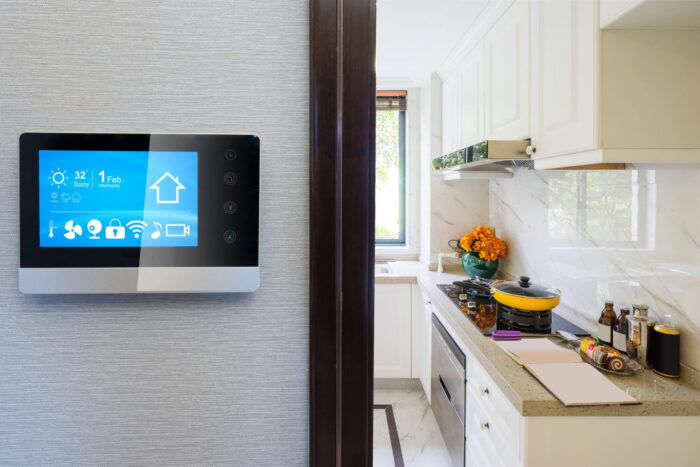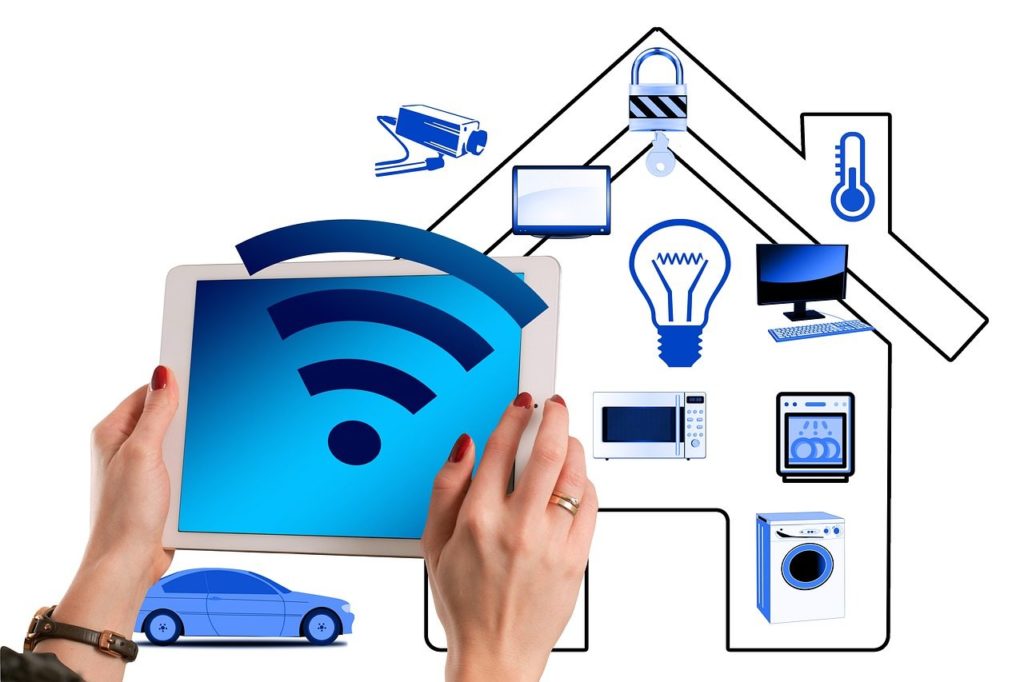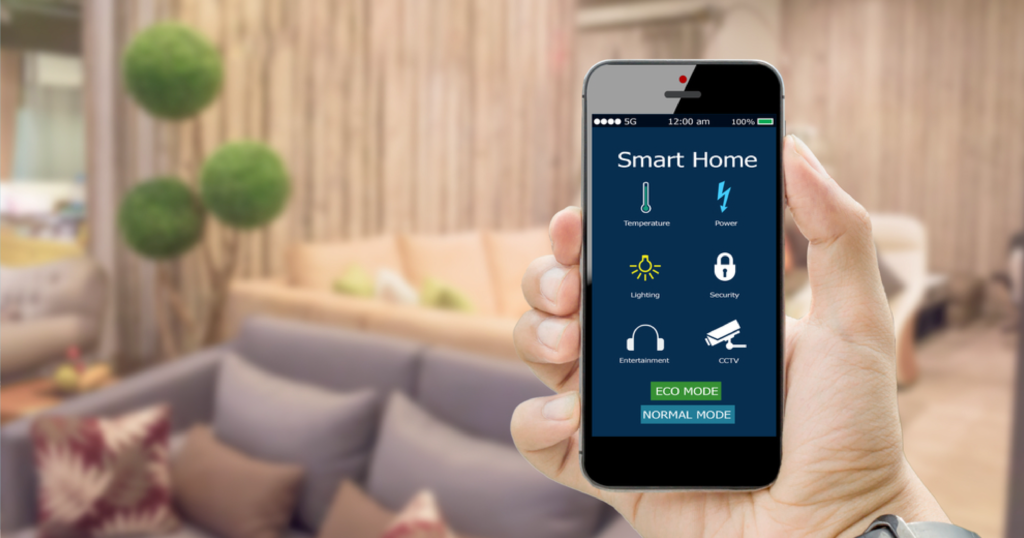
Home automation has become a household phrase in this country. Even among the nearly three-quarters of U.S. households that don’t use any home automation devices, people still know what it is. What they are not so sure of is how it all works. That is not good for the industry.
The thing to understand is that there is more to home automation than knowing what it is capable of. Capabilities are just the starting point. Homeowners really need to know more basic concepts.
They need to understand how home automation devices are powered, how they communicate, how they can be controlled, etc. These are the kinds of things that give them confidence in the technology.
A Basic Definition

A basic definition of home automation is in order if we want to explore this topic further. In the simplest terms possible, home automation is a collection of technologies that allow a homeowner to automatically control a variety of electronic devices. It can be incorporated to control lighting, temperature, security features, and more.
What makes smart home automation different from earlier technologies is the ability of smart devices to utilize artificial intelligence as a tool for improving efficiency and security. For example, programmable window blinds were a piece of automation technology invented a few decades ago. Today’s smart blinds go one step further by implementing artificial intelligence. They can actually ‘learn’ a homeowner’s patterns and adjust accordingly.
How Devices Are Powered

Home automation devices obviously require electricity to work. So, how are they powered? That depends on the device. Your typical smart home hub can be powered both by batteries and a home’s electrical system. Wireless home security panels mounted next to exterior doors are generally powered by batteries.
Devices for controlling lighting are almost always installed between the lighting fixture and the bulb. As such, these devices are powered by the same current that powers the light bulbs. Automated window blinds are typically powered by a home’s electrical system.
How Devices Communicate

Home automation in the Smart home era is a wireless endeavor. Still, every device in a given system needs to be able to communicate with the hub. Some devices have to communicate with each other too. It is all done through wireless connections.
Most home automation systems communicate via in-home wi-fi networks. Those devices that need an internet connection get access through the same network. However, wi-fi is not the only option. There are systems that communicate via Bluetooth, Z-wave, and other protocols.
In terms of controlling devices remotely, this is where internet activity comes into play. Let’s say you want to override your regular programming in order to lower your window blinds from work. You can do so with your smart phone. Your smartphone connects to your hub via the internet; the hub communicates with your blinds over your home wi-fi network.
How Devices Are Programmed

A home automation system is only as good as its programming. For example, let’s say you purchase a smart thermostat from Vivint Smart Home in hopes of making your home more energy efficient. The thermostat will do what it is designed to do only after you program it.
Home automation starts with programming. With your smart thermostat, you would set up a basic program based on your normal routine. You would set an optimal temperature for those times when you are at home and awake.
Then you would program lower or higher temperatures – depending on the season – so that you are not consuming unnecessary energy while you’re sleeping or away at work.

You can create this programming in just a few minutes. And for most systems, you can do so with a smartphone app. Then you just forget about the system and let it do its thing. Your smart thermostat will monitor your routine for several weeks, then compare the data it collects against your basic program. It will automatically adjust the programming to maximize efficiency.
Understanding the basics of how home automation works can make it easier to decide whether it is right for you. As a homeowner, there are lots of great things you can do with home automation and security. There really is nothing to be afraid of.














